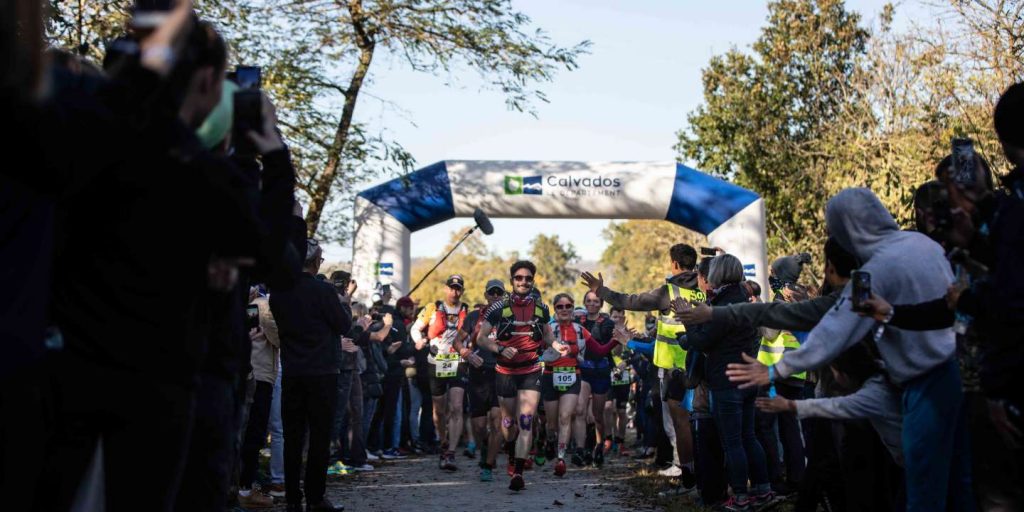
The Ultra Road is 156 km long for the advancement of sciences

Ten thousand steps and more. They were thirteen women and forty-three men, ranging in age from 24 to 66, at the start of the ultra-trail on Kleisi (Calvados) Bridge, Thursday, November 11 at 2:30 p.m., in the bright sun. With a smile, and applause, Jean, armband number 4, 32, arrived just under twenty hours later, having covered 156 kilometers and 6000 meters of altitude. Caroline, the 36-year-old teacher, is the first woman to arrive, at 4:10 p.m., Friday, in fourth.
A challenge in more ways than one. It is indeed a superior scientific track, organized by the University of Caen-Normandy and funded, in particular, by the Normandy region. For each episode 26 km across the landscape of Normandy Switzerland, a necessary step: to undergo a series of tests. “Thanks to these measurements and their development before, during and after the race, we hope to better understand the kinetics of the human body exposed to intense exertion, and in sleep deprivation.”, explains Benoit Movio, Project Coordinator, Researcher at Comet Lab (Inserm, University of Caen).
Since the arrival of the first episode, each runner undergoes foot kinematic measurements, in a tent outside, filmed in slow motion to measure stride, rebound, by French-Canadian training organization La Clinique du coureur.
Then at the Lionel Terai Leisure Center in Cleisi, the science race continues. The protocol is very standardized: no fewer than eighteen steps to follow, or forty tests, in fifty minutes. The tests of strength, ergonomics of the shoe, alertness and motivation follow each other: “Have you ever doubted yourself? Have you vomited? Have you had any hallucinations? What is the level of pain?…” Theodore, a quadra accustomed to these races, takes part in this adventure “To enhance knowledge about the human body, for a better understanding”, he said with a smile.
“Challenge in terms of interdisciplinary research”
In another room, the athletes’ hearts are examined with ultrasound. “We are watching how he will behave during this very intense exercise, in order to measure the stress of the heart.”, identifies Amir Hodzic, a cardiologist at Caen University Hospital and research professor, accompanied by five colleagues. On the previous day, all runners underwent an ultrasound of the heart and an electrocardiogram, in order to identify any abnormalities. Is an athlete’s heart different because he is so trained? In any case, at rest, the heart rate is between 45 and 55.
You have 47.74% of this article to read. The rest is for subscribers only.

“Organizer. Social media geek. General communicator. Bacon scholar. Proud pop culture trailblazer.”
